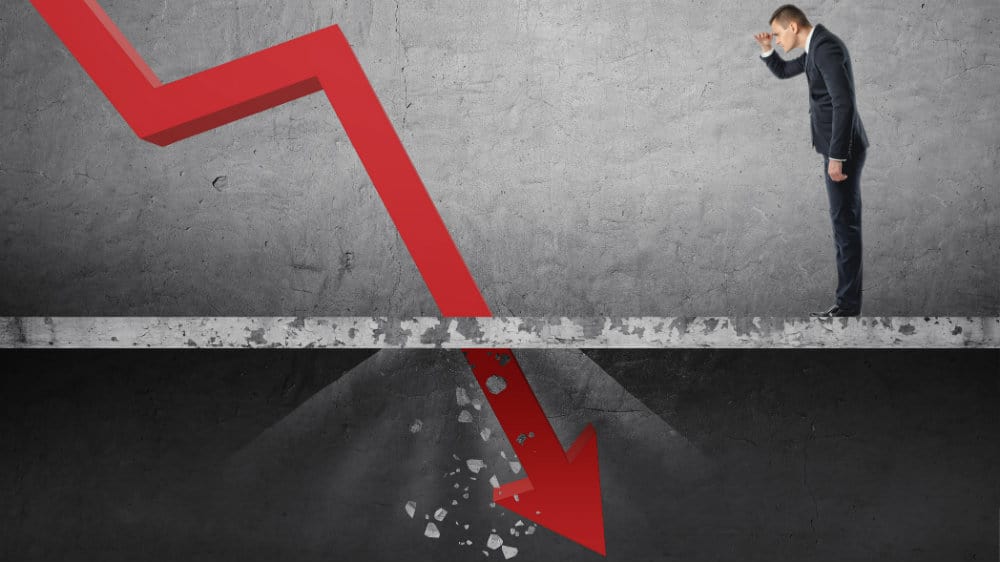Algonquin Power & Utilities (TSX:AQN) stock lost 30% value in two days after the company reported disappointing third-quarter earnings. Is the market overreacting, or is this steep dip correcting the stock’s value? If you purchased this mid-cap dividend stock just before the earnings, you might be panicking about losing 30% of its value. But there is nothing to panic about, as the long-term growth fundamentals are intact.
Starting from the start: Why invest in Algonquin?
Algonquin is a utility company that generates renewable energy from wind and solar sources and distributes them to industrial and residential customers. The company enjoys regular cash flows from energy bills, which are high during winter, as electricity consumption increases. The company has divided its business into Power (4.2 gigawatts of renewable energy generation) and Utilities (a regulated segment that supplies electricity, gas, and water).
Algonquin is in the middle of acquiring Kentucky Power for $2.65 billion by January 2023, subject to regulatory approval. This acquisition was expected to be completed by the end of this year but was delayed. The deal will add another 200,000 customers and be accretive to the earnings. Moreover, Algonquin has 3.8 gigawatts of prospective greenfield development projects in the pipeline.
From the overall business perspective, Algonquin is at a sweet spot to benefit from the shift to renewable energy. Moreover, the company has regular cash flows to sustain the 9.27% dividend yield. Then why is the stock falling?
Why did Algonquin stock fall 30%?
Algonquin stock became oversold after the company reported lower-than-expected third-quarter adjusted net earnings and reduced its 2022 guidance. The interest rate hike increased its interest expense by $23.3 million, reducing the company’s net earnings by 25%.
Algonquin is funding the Kentucky Power acquisition by raising $1.2 billion in debt and $800 million in equity capital. Rising interest rates are making debt expensive. Moreover, an increase in the outstanding share count has increased the cash needed for dividend payments. The company is also facing delays in a few projects due to challenging macroeconomic conditions.
All the above factors forced Algonquin to revise its 2022 adjusted earnings per share (EPS) guidance down 8-10% to $0.66-$0.69. Even though it has revised its guidance, the 2022 EPS is up 61% year over year. The revised guidance assumes there won’t be interest rate hikes or inflation jumps beyond expectations. It also assumes that all capital projects are completed on time and within budget. Moreover, Algonquin will revisit its long-term targets in the challenging macroeconomic environment.
Is the market overreacting?
There is no doubt that these are challenging times for Algonquin. But is a 30% dip justifiable when the stock was already down 18-20% from April highs? The market is overreacting to weak earnings. After the 30% dip, Algonquin stock is trading 11 times the forward price-to-earning (P/E) ratio. It means investors are bearish on the company’s 2023 EPS, and one reason is equity dilution from the increase in the share count.
But Kentucky Power is a large acquisition and will bring significant long-term cash flows that can pay incremental dividends, even with the higher share count. There is an increase in interest expenses. But from an equity perspective, the acquisition has significant value. The cost of debt is just a drop in the ocean for the returns the project brings.
Long-term investors should know that an all-share acquisition is far more expensive (variable) than one funded from debt (fixed). The macro challenges might impact Algonquin’s short-term earnings and force the utility to stall its dividend growth till matters ease and growth resumes. But long-term prospects remain bright.
Should you buy Algonquin at the current price?
January and February are the peak season for all utility and energy stocks. The current 30% dip in AQN stock has created an opportunity to ride the recovery rally and lock in an over 9% dividend yield.








